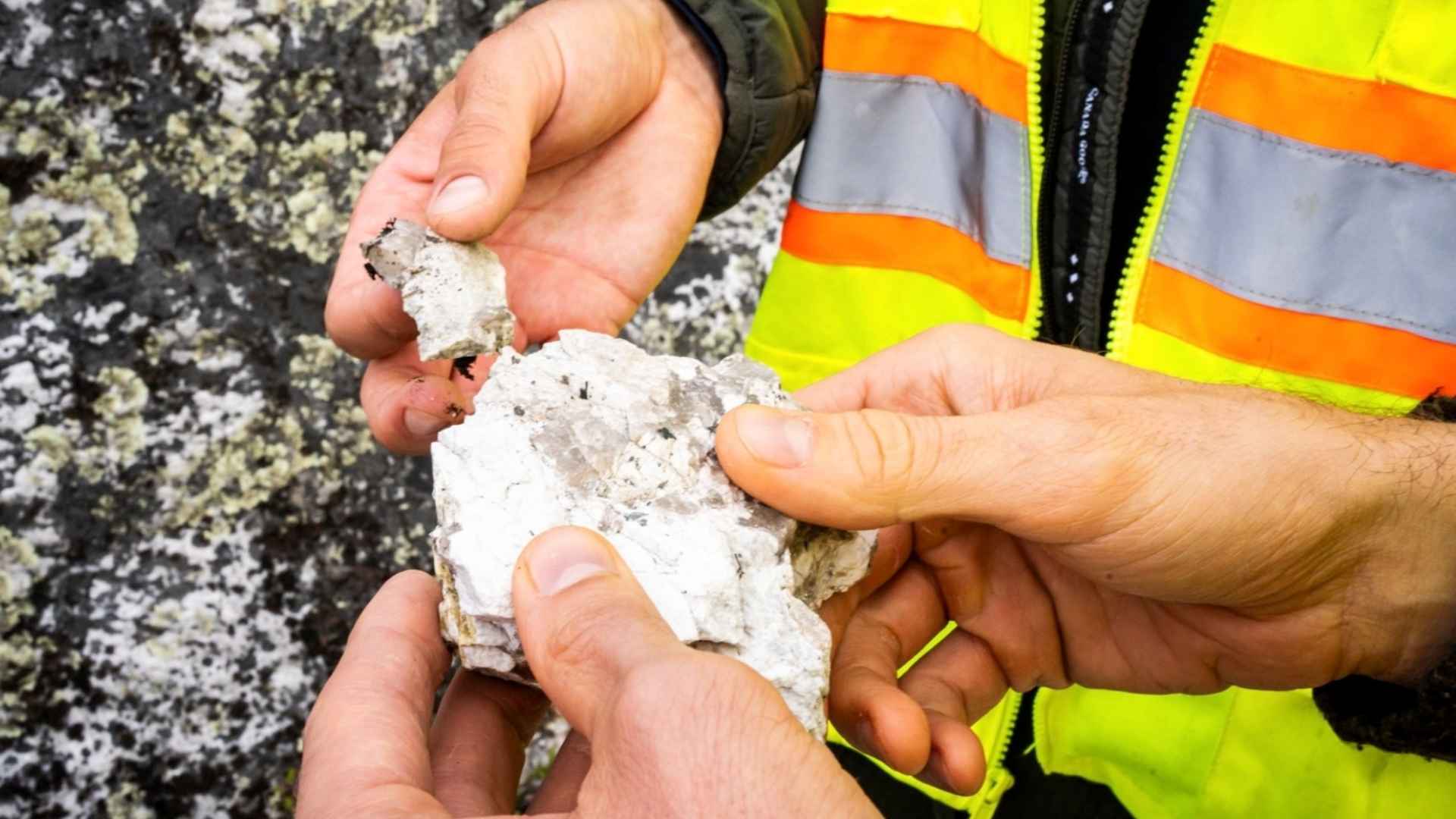An unexpected geological treasure buried beneath an ancient caldera in the western United States is sparking excitement across the clean energy sector. Researchers believe this massive lithium find, reportedly worth around $413 billion, might dramatically shift the global battery market and reshape America’s energy landscape.
The McDermitt Caldera, formed 16.4 million years ago after a colossal volcanic eruption, is at the heart of this breakthrough. Over the millennia, thick layers of sediment and volcanic ash accumulated, fostering unusual chemical reactions. Scientists recently discovered concentrations of lithium-bearing minerals such as smectite and illite at levels rarely seen elsewhere.
Who stands to benefit from this mega-deposit?
Developers see enormous potential for reducing dependence on imported lithium, a crucial component in electric vehicles and renewable technologies. Could this find be the catalyst the U.S. needs to advance sustainable energy? Some experts think so, especially given how lithium demand is projected to skyrocket in the next two decades.
Researchers trace this deposit to two key events. First, volcanic glass in the caldera’s lake waters was altered to form smectite clay. Then, about 16.3 million years ago, hot fluids packed with potassium, rubidium, and other minerals swept through cracks in the Earth’s crust, transforming smectite into illite and further concentrating the lithium. Here is a quick snapshot of the key data from recent drill samples:
| Mineral | Lithium Concentration (weight %) |
|---|---|
| Illite Layer | Up to 2.4 |
| Global Claystone | Typically below 0.4 |
| Thacker Pass Avg. | 1.8 |
Scientists note that the southern part of the caldera features the richest clay samples, while the northern area shows lower levels of lithium.
Possible economic benefits of this supervolcano lithium feposit for the United States
Government officials and industry leaders envision lower costs for electric car batteries, home energy storage systems, and other green solutions. By harnessing local lithium, the U.S. could reduce its reliance on foreign suppliers and invest more confidently in alternative energy projects. Imagine how this might shape future job opportunities and technological advancements.
Concerns grow over environmental risks and local community opposition
Indigenous groups have raised questions about preserving sacred lands, while environmentalists warn that soil pollution and water resource strain may result from large-scale mining. Nevertheless, a federal court has cleared a path for development, creating a divide between those who see a promising economic boom and others fearing irreversible ecological harm.
In the coming months, agencies and stakeholders will grapple with the delicate balance between economic gains and environmental stewardship. Will this mega-deposit spark a new era of energy independence, or will it stir deeper controversies over land use?
All signs point to a remarkable opportunity for America’s clean energy ambitions. Experts recommend ongoing studies, community dialogues, and environmentally sound extraction methods to ensure this deposit becomes a sustainable asset. After all, responsible decisions today may determine the future of green technology around the world.

